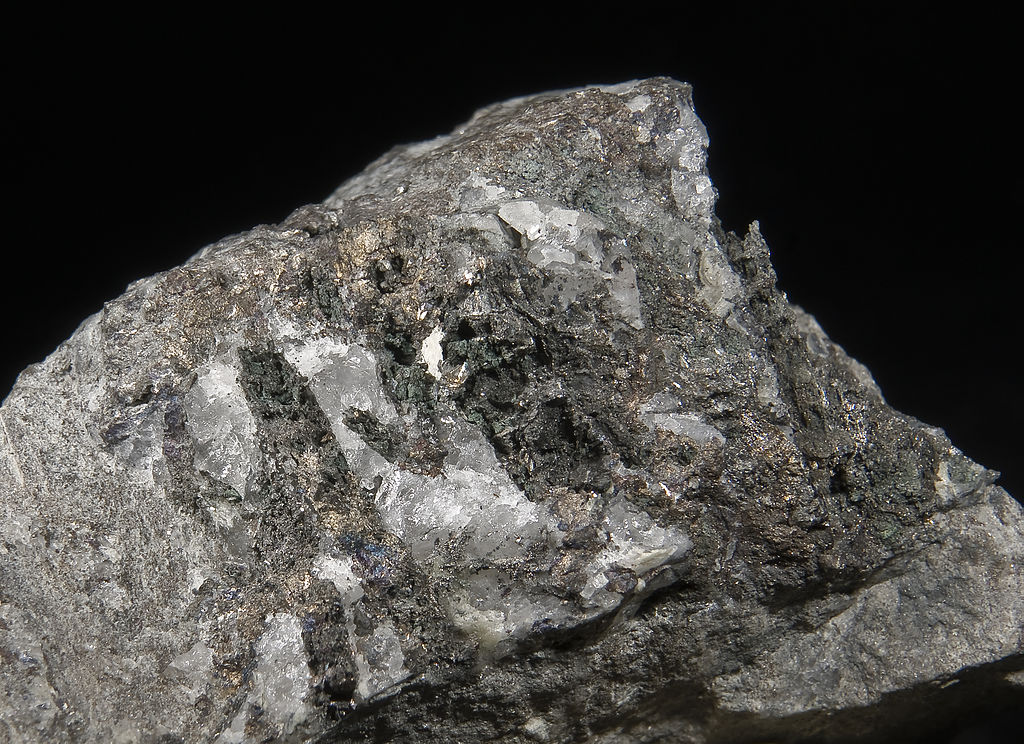Researchers led by the Chinese Academy of Sciences (CAS) have designed a kesterite (CZTSSe) solar cell through a new selenization approach that reportedly facilitates the direct and rapid formation of the Kesterite phase, thus improving charge transport in the absorber film.
Kesterite is one of the most promising light absorber material candidates for potential use in lower-cost thin-film solar cells. Kesterites include common elements such as copper, tin, zinc, and selenium. Unlike CIGS compounds, there are no supply bottlenecks expected in the future.
However, kesterite is still less efficient than CIGS in mass production. The world record for such cells is 12.6%, achieved for large-area devices by Japanese thin-film producer Solar Frontier in 2013.
The scientists said they implemented a dual-temperature zone selenization approach to realize a solid-liquid/solid-gas synergistic selenization reaction strategy.
“The introduction of a large amount of liquid selenium (Se) has facilitated a solid-liquid reaction pathway, while the high Se chemical potential has promoted the direct and rapid formation of the Kesterite phase,” they explained. “In the subsequent stage, a synergistic regulation of Se condensation and volatilization has led to improved crystal growth and enhanced removal of organic residues.”
They also explained that the strategy requires pre-depositing a sufficient amount of liquid selenium onto the precursor film to facilitate liquid-phase-assisted phase evolution and crystal growth. The following synergistic control of selenium volatilization is intended to balance the film crystallization and organics removals.
The research team built the cell with an absorber based on Kesterite films with reduced bulk and interface defects, a cadmium sulfide (CdS) buffer layer, a window layer of zinc oxide (i-ZnO), an indium tin oxide (ITO) layer, and anti-reflection coating (ARC) based on magnesium fluoride (MgF2). The device has an aperture area of 0.2627 cm2 and a designated illuminated area of 1.066 cm2.
Tested under standard illumination conditions, the cell achieved a peak power conversion efficiency of 13.6 efficiency. China's National PV Industry Metrology and Testing Center (NPVM) has certified an efficiency of 13.44% for the device.
pv magazine print edition
When tested in a large-area device of 1.09 cm2, the cell technology achieved a certified efficiency of 12.1%.
The scientists introduced the new cell design in the study “Controlling Selenization Equilibrium Enables High-Quality Kesterite Absorbers for Efficient Solar Cells,” published in nature communications.
Looking forward, they intend to develop novel strategies to control solid-gas/solid-liquid reactions in kesterite materials. “Overall, our work represents a positive endeavor to precisely control the selenization reaction process and the multiphase reaction pathways,” they concluded.
This content is protected by copyright and may not be reused. If you want to cooperate with us and would like to reuse some of our content, please contact: editors@pv-magazine.com.




2 comments
By submitting this form you agree to pv magazine using your data for the purposes of publishing your comment.
Your personal data will only be disclosed or otherwise transmitted to third parties for the purposes of spam filtering or if this is necessary for technical maintenance of the website. Any other transfer to third parties will not take place unless this is justified on the basis of applicable data protection regulations or if pv magazine is legally obliged to do so.
You may revoke this consent at any time with effect for the future, in which case your personal data will be deleted immediately. Otherwise, your data will be deleted if pv magazine has processed your request or the purpose of data storage is fulfilled.
Further information on data privacy can be found in our Data Protection Policy.